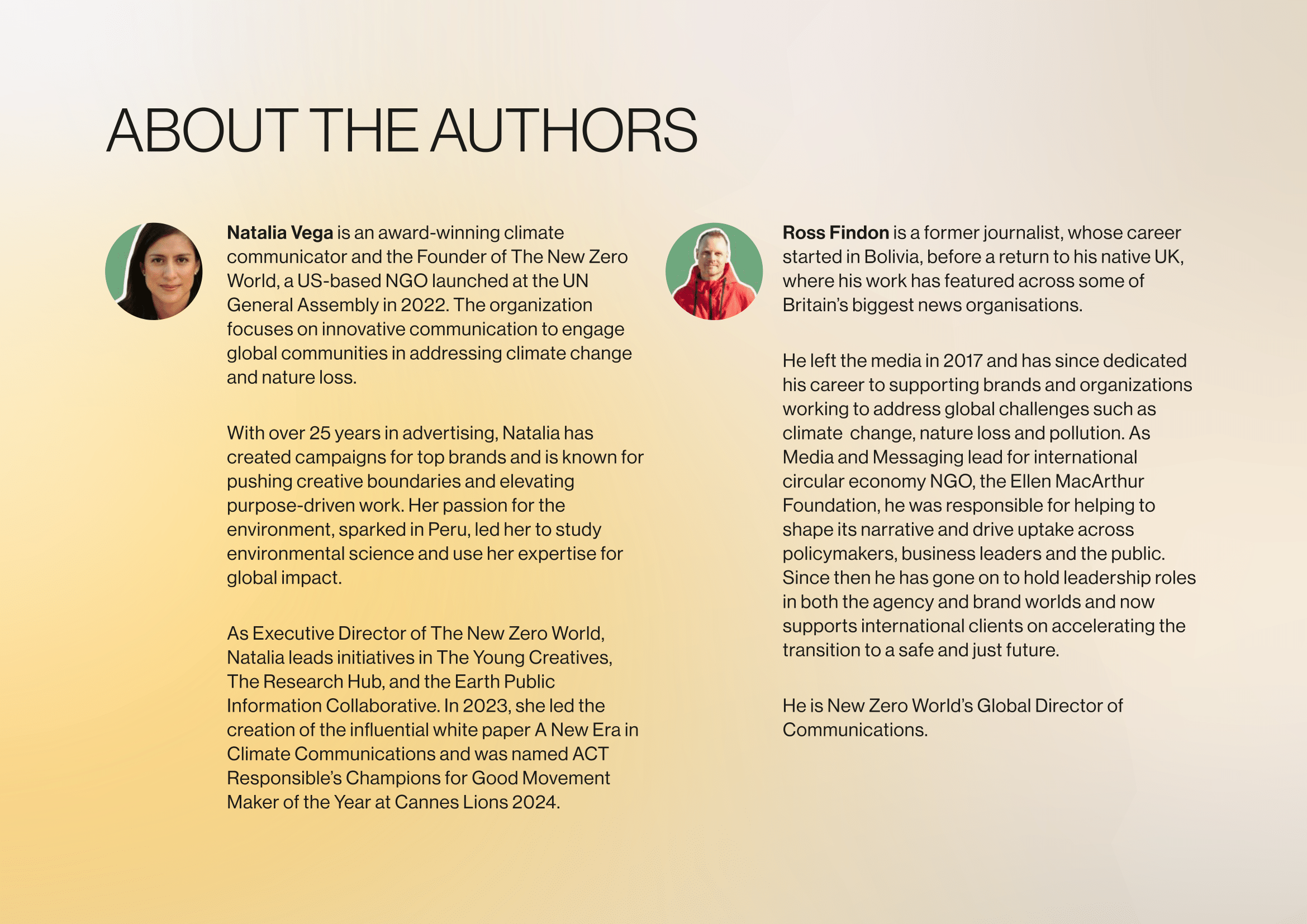


BURSTING THE CLIMATE COMMUNICATION BUBBLE



AMITAV GHOSH, WRITER



POP CULTURE:
BURSTING THE CLIMATE COMMUNICATIONS BUBBLE
SECTION ONE: THE NEXT WAVE: EVOLVING CLIMATE DISCOURSE IN A TRANSFORMING WORLD
1.0 Introduction
1.1 No Force More Influential: What Is Culture And Why Does It Matter? - By Dr Marcus Collins
1.2 This is not a test: Understanding the climate communication deficit model
SECTION TWO: HOW CULTURE SHAPES BEHAVIOUR AND COMMUNICATIONS SHAPES CULTURE
2.1 Data tell us what to change, culture is why we change.
2.2 Motivation is a wave: culture is how we ride it
2.3 From firehose to ecosystem
2.4 The Culture Capacitor - A Climate Communications Ecosystem
SECTION THREE: CASE STUDIES: VALUES, CULTURE, COMMUNICATIONS AND BEHAVIOUR IN ACTION
3.1 Horsepower: How the car became a cultural icon
3.2 The Meaning of Fashion and The Fashion of Meaning.
3.3 Bringing together science and wellbeing.
SECTION FOUR: RECOMMENDATIONS AND CONCLUSION
4.1 Behaviour change = Advertising change
4.2 Recommendations
4.3 Conclusion
REPORT CREDITS AND THANKS

THE NEXT WAVE: EVOLVING CLIMATE DISCOURSE IN A TRANSFORMING WORLD
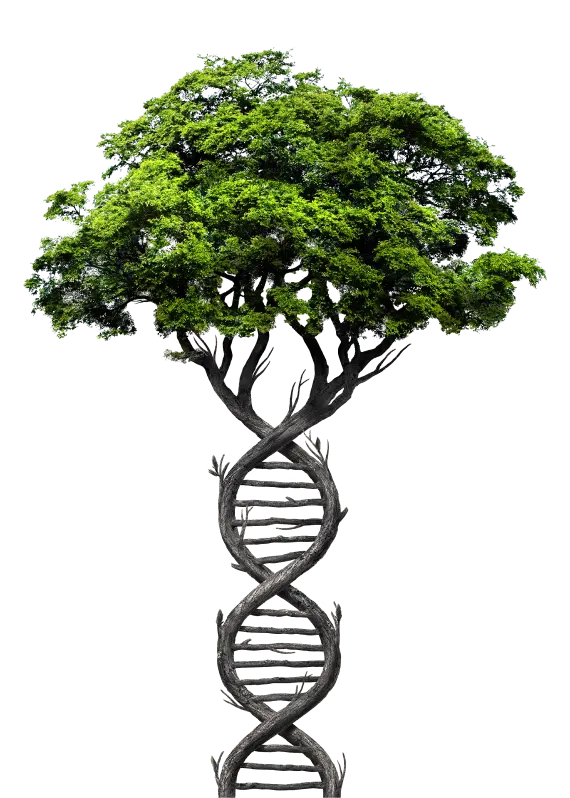



DR MARCUS COLLINS, AUTHOR OF "FOR THE CULTURE"






That's the power of culture; it acts as an invisible hand exerting force on practically every aspect of daily living, from the food we eat to the clothes we wear, where we work, who we date, how we vote, or if we vote at all. No external force is more influential on human behavior than culture--full stop.
It serves as a governing operating system for humanity that informs how we see the world and, ultimately, how we navigate through it, not because of what it is, per se, but because of who we are.
Our cultural identity anchors us, providing a sense of belonging and a framework for understanding our place in the social world. But culture is not static. It evolves over time, adapting to new circumstances, absorbing influences from social externalities, and responding to societal changes. What was once considered taboo may become accepted, and what was once tradition may fade away. This dynamic nature of culture ensures its relevance and vitality across generations.



ANTONIO GUTERRES
UN SECRETARY GENERAL

Imagine it is the night before a big exam. You know the subject you will be tested on, you even know some of the questions you will be asked. The only thing you must do is learn the answers and you will pass.
It can be tempting to view the climate challenge in the same way - an examination, where if we could just whisper the right information in enough people's ears, we will pass. It's an example of the deficit model, in which problems are the result of a lack of information, so the solution is increasing the amount of information.
And that is what we have done.
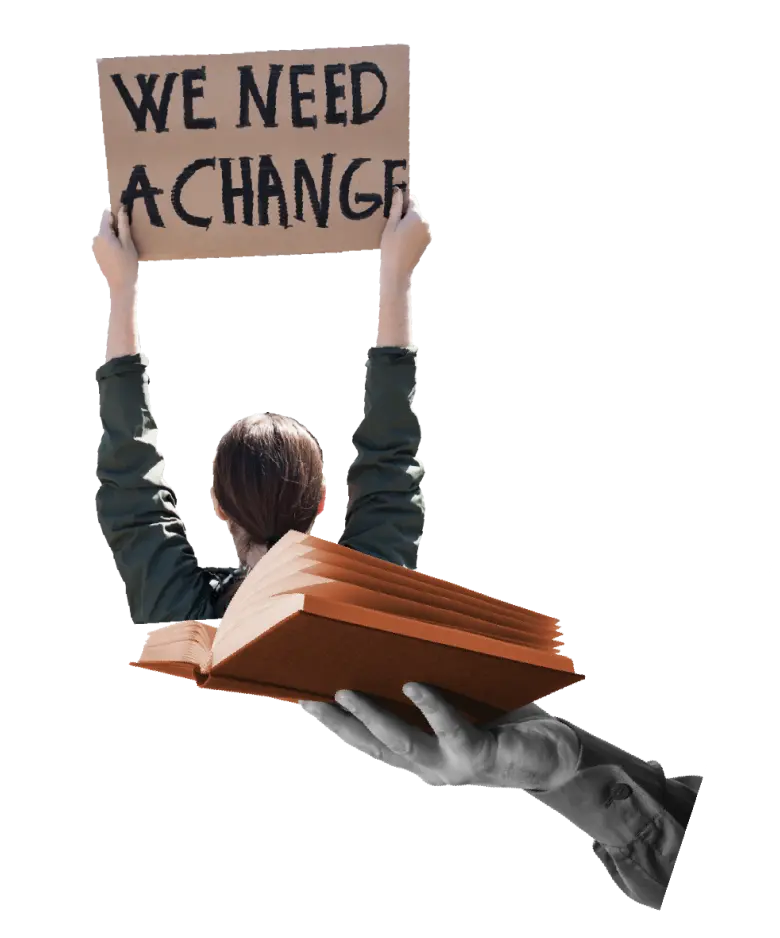






In high income countries the majority of people consider they know at least a moderate amount about climate change, in low income countries, the number is more like 45%, although if you add in the 'know a little about it' category, things balance out between high and low income populations.

For example, data shows that more than
of the global population Know about climate change
Yale Program on Climate Change Communications (2024)and that in the highest emitting countries, people are likely to be either alarmed or concerned by it, yet only
feel personally committed to addressing it
Kantar, Public: Our Planet (2021)
Climate change refers to the idea that the world's average temperature has been increasing over the past 150 years, will increase more in the future, and that the world's climate change as a result.
What do you think: Do you think that climate change is happening?
Source:
Yale Program on Climate Change Communication/Data for Good at Meta/ Rare's Center for Behavior & the Environment; 2023
Low per-capita emissions and income countries and territories
High per-capita emissions and income countries and territories
MEN
WOMEN
YES
DON'T KNOW
NO
NO RESPONSE

Regardless of whether you live in a high income or low income economy, you are likely to be at least cautious about climate change, and most likely either concerned or alarmed.


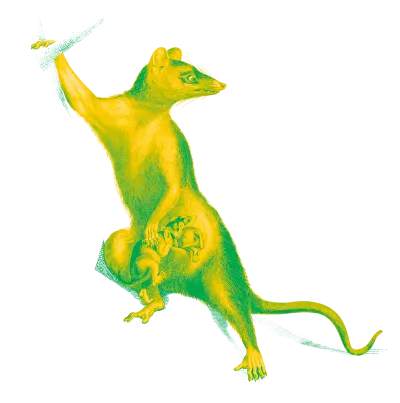



ALARMED
CONCERNED
CAUTIOUS
DISENGAGED
DOUBTFUL
DISMISSIVE
NO SEGMENT
45%
44%
Low per-capita emissions and income countries and territories
30%
36%
High per-capita emissions and income countries and territories
MEN
WOMEN
Source:
Yale Program on Climate Change Communication/Data for Good at Meta/Rare's Center for Behavior & the Environment; 2023

Regardless of where you live you accept that climate change is either mostly created by humans or equally by humans and nature, either way, you accept humans are having a significant impact and therefore can have a positive impact.

Assuming climate change is happening,
Do you think it is caused...
Low per-capita emissions and income countries and territories
High per-capita emissions and income. countries and territories
40%
32%
BY MOSTLY HUMAN ACTIVITIES
30%
38%
ABOUT EQUALLY BY HUMAN AND NATURAL CHANGES
17%
20%
BY NATURAL CHANGES IN THE ENVIRONMENT
NONE OF THE ABOVE BECAUSE CLIMATE CHANGE ISN'T HAPPENING
OTHER
NO RESPONSE
MEN
WOMEN
Source:
Yale Program on Climate Change Communication/Data for Good at Meta/Rare's Center for Behavior & the Environment; 2023

Campaigns, journalism and activism have helped to increase awareness of the science, but the rise in awareness is fuelling fear faster than it is driving action.
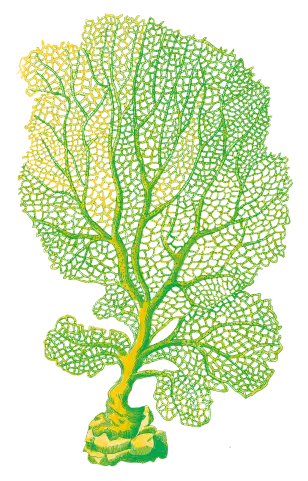


78%
Feel personally concerned by climate change
78%
Feel there has an impact of climate change on a global level
76%
Feel there has been an impact of climate change on a national level
55%
Feel there has been an impact of climate on a personal level
36%
Are personally commited to preserving the environment and the planet
Source:
Kantar/Public:Ourplanet

HOW CULTURE SHAPES BEHAVIOUR & COMMUNICATIONS SHAPES CULTURE
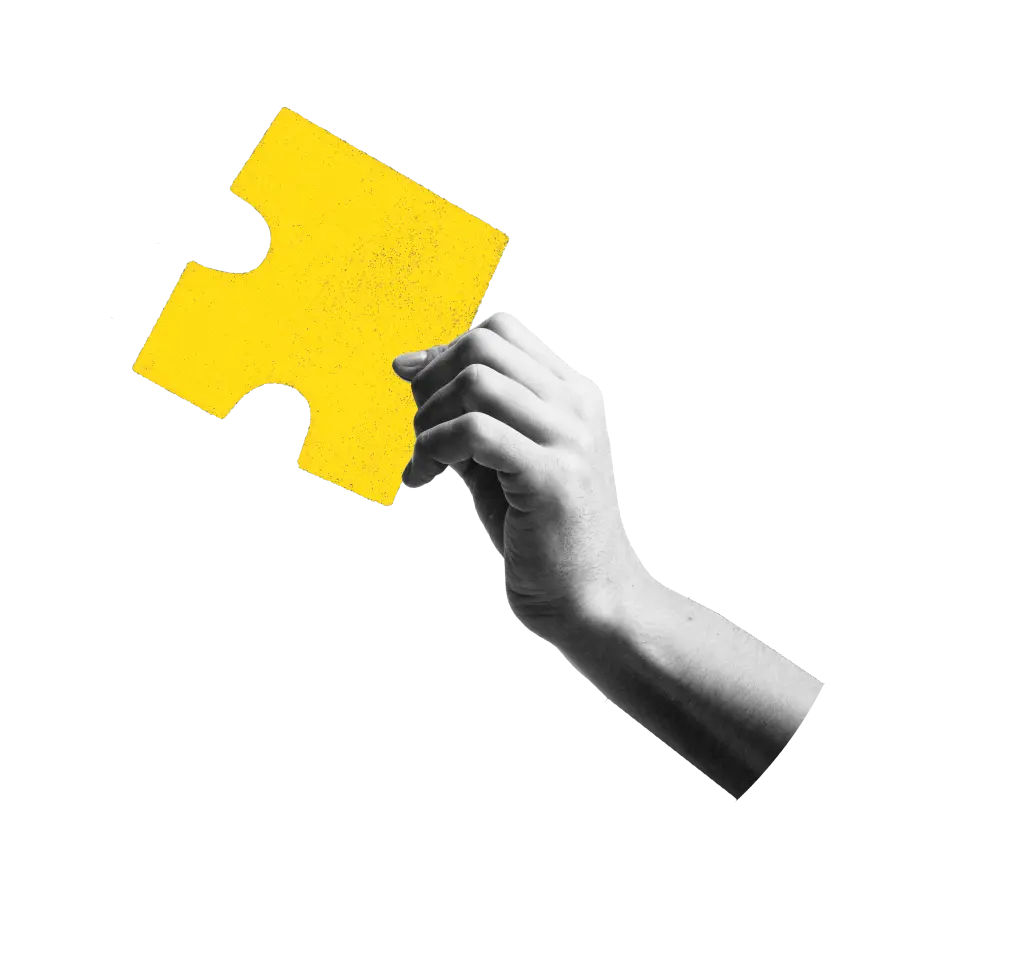














Many climate communications efforts continue to use a narrative around protecting the environment as the key driver for changing behaviour.
Research suggests however that this is far less effective than human-centered motivations, such as social belonging or personal wellbeing.
Source:
Human Psychology for Catalyzing
Action, A New Era in Climate
Communications, 2023.
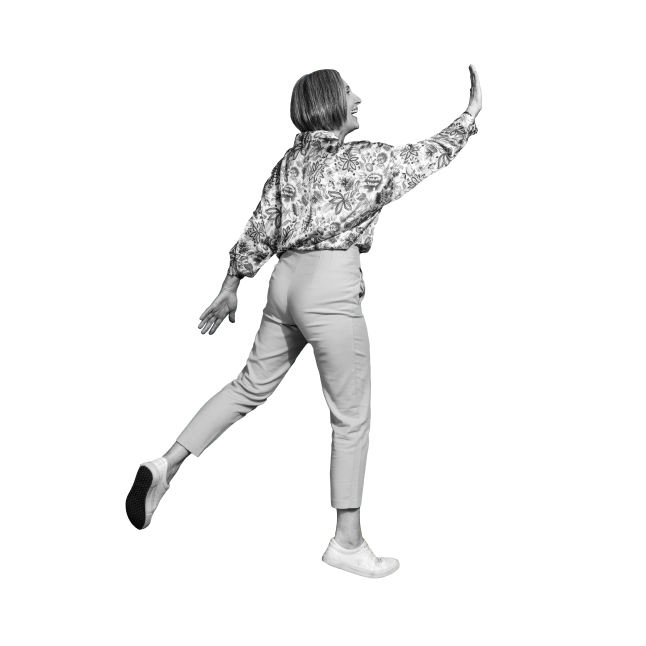
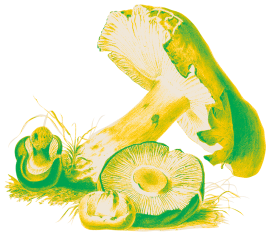
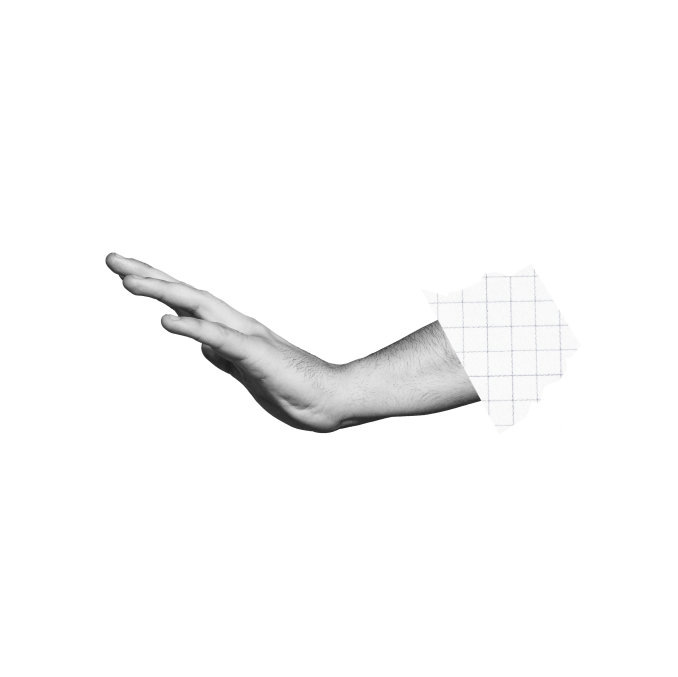

Elevation Barn partnered with the Earth Public Information Collaborative (EPIC) to create EPIC Wellbeing - a framework of eight areas of individual well being designed to help drive more impactful climate campaigns.



THOMAS KUHN, THE STRUCTURE OF SCIENTIFIC REVOLUTIONS



We treat climate action like a test, where if everyone knows the answer we win.
It’s called The Deficit Model and baked into this is also the idea that if you are not doing something about climate you are either ignorant, stupid or crazy.
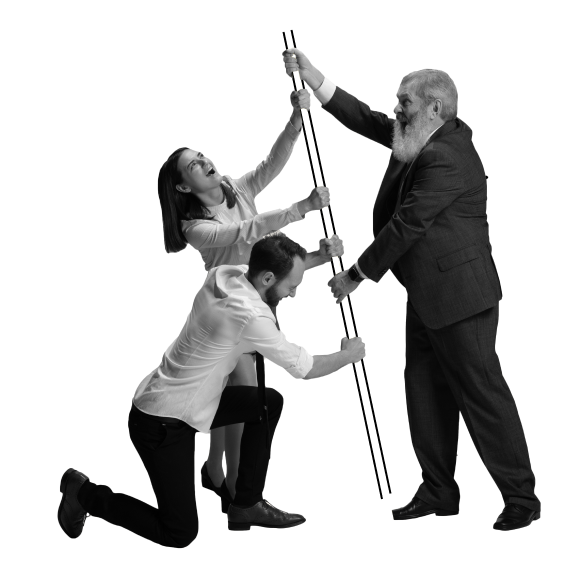

In an ecosystem view, communications connects internal and external factors such as personal values and science with culture, to influence lifestyles and behaviour. It recognises that the relationship is dynamic and information flows in different directions, for example culture and values can influence science, and vice versa.

CASE STUDIES: CULTURE, COMMUNICATION VALUES AND BEHAVIOR IN ACTION


How did an expensive, unreliable, weird piece of technology go from novelty to a central part of human culture in the space of a few decades, overtaking an alternative which had been at the center of human existence for thousands of years?
Source:
Tomlinson, Bill & Torrance, Andrew & Ripple, William. (2023). Scientists' Warning on Technology.



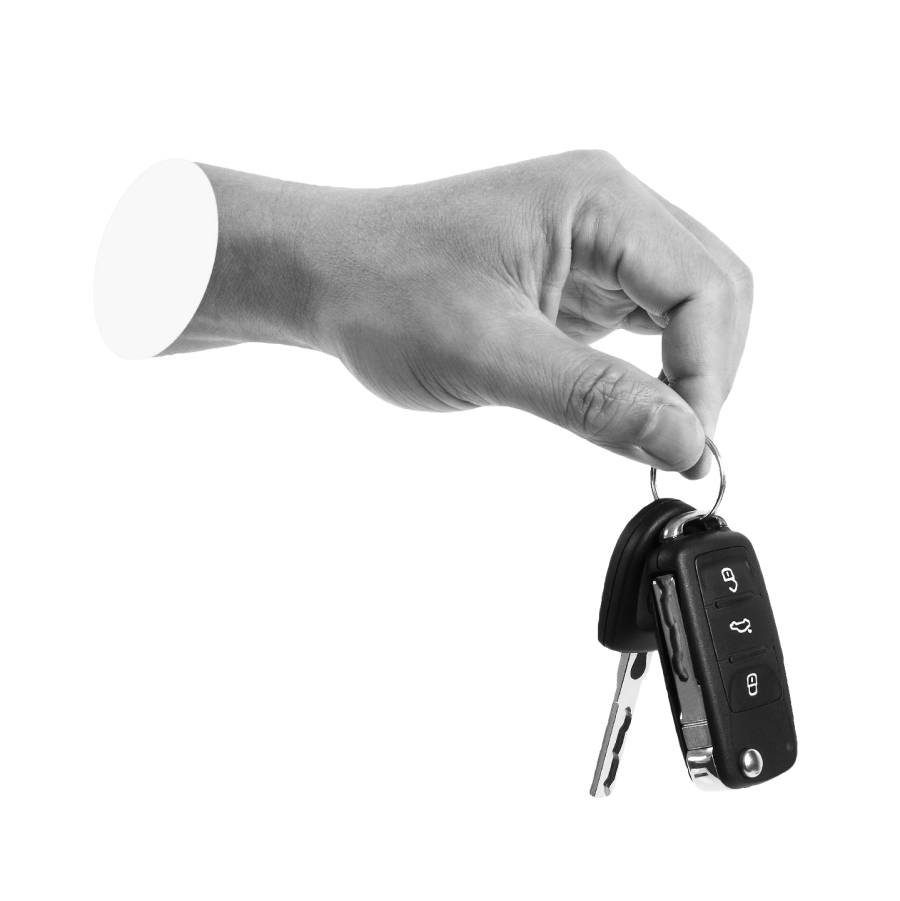


Karl Benz developed the first gasoline-powered car in 1886, however, it was Henry Ford's introduction of the Model T in 1908 that truly revolutionized the industry. Ford's assembly line production made cars affordable for the average person, enabling widespread availability.
In 1900, there were just 8,000 registered motor vehicles in the US. By 1927, over 15 million Model Ts had been produced. In 2014, the US Department of Transportation reported the number was 260,350,938. In less than a century, the car went from being a fringe technology to a central part of daily life.
Yet, while technical advances and declining costs made cars more accessible, it would take more than that to overcome the scare stories and attack ads of vociferous and deep-pocketed livery companies, breeders and others who had made fortunes from a booming horse industry.
To win this race, automobile manufacturers had to look for other narratives, beyond simply replacing horses, to establish themselves.
An advert unfavourably calling out the safety of cars vs carriages technology.
Ironically, the McLaughlin Carriage Company would later become the McLaughlin Motor Car Company, which would go on to become part of General Motors.
Source:
https://en.wikipedia.org/wiki/McLaughin_Motor_Car_Company
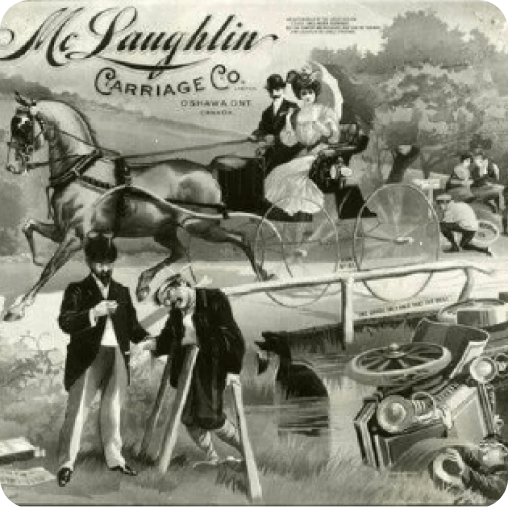




BILL MCKIBBEN, WRONG TURN: AMERICA’S CAR CULTURE AND THE ROAD NOT TAKEN, YALE 350.ORG

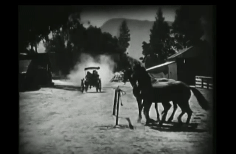
The First Auto becomes the first feature film about the rising popularity of cars, focusing on the culture clash between the old world and the new, as told through a story of intergenerational conflict in an American family.
Source:
https://en.wikipedia.org/wiki/File:The
_First_Auto_(1927).webm - OUT OF
COPYRIGHT)
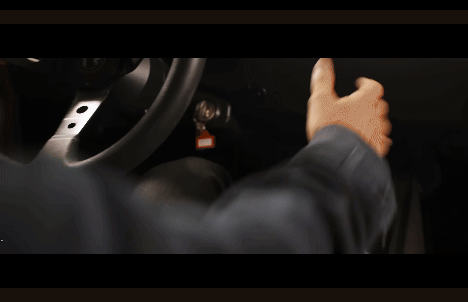
The Fast and the Furious film series signs off with Fast X - marking the end of more than 20 years, ten movies, and $7.5 Billion in global box office takings.
Source:
https://en.wikipedia.org/wiki/Fast_%
26_Furious#Films

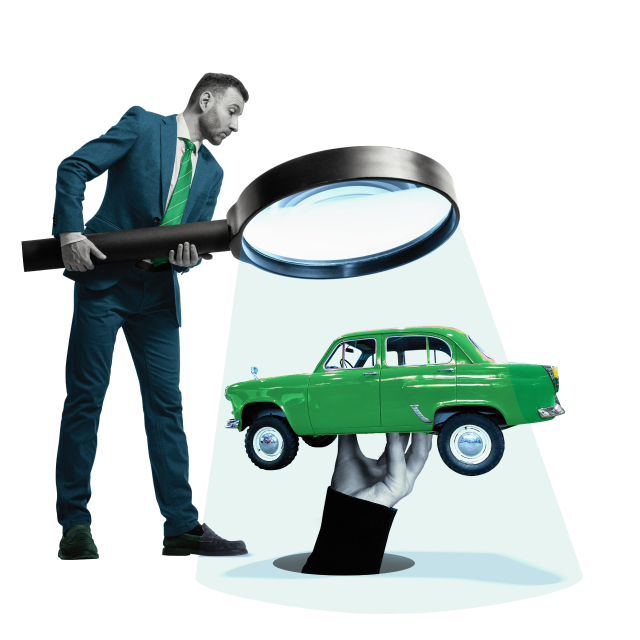
The narrative of car ownership went beyond replacing what existed (the horse) , it was about creating a new world that aligned with deeply rooted human desires for freedom, excitement, and independence. Tapping into those themes moved it in people’s minds from utilitarian solution, to an opportunity to express identity and shape a future that was exciting and desirable.
As strategist and communications expert Chris Moscardi writes in Still Waiting for My Jetpack: “To get public support you need to give the people an image of themselves benefitting from what you want them to support. ”
“For the Model T, that was the unprecedented freedom of the road. For Tesla, that was status and an undeniable “cool factor,” much of which stemmed from their initial scarcity in the market. Ironically, when you think about it, Tesla was able to create a multi-billion-dollar market by not making enough cars, which made them all the more desirable and thus more quickly accepted.”
“That public acceptance is critical to get regulating bodies to make way, whether it be with subsidies or infrastructure or legislation or any other type of governmental action, to truly drive adoption.”

For thousands of years clothing has transcended the need to provide protection and become a statement of identity, status, and belonging. What does this tell us about the way objects become infused with meaning, and how might that help us as communicators looking to influence a new relationship with the world around us?





BY DR MARCUS COLLINS
Meaning, the anthropologist Grant McCracken wrote, originates from the beliefs and ideologies that we use to frame our everyday experiences and make sense of the world.
From this culturally constituted world, meaning is embedded in products by way of four unique fashioning systems — advertising, news outlets, highly esteemed individuals, and fringe societies — and reworked into our identities through four unique ritualized practices; possession, exchange, grooming, and divergence.
This process is widely accepted in the world of marketing, and other tangential disciplines, as the de facto description of how meaning is made and how meaning moves from one entity to another.






Designed to collaborate across diverse stakeholders, including goverments, corporations, media and marketing to accelerate messaging without duplicating models of work.
Intimately linked with some of the preeminent scientific institutions on the planet, utilizing the science of planetary boundaries.
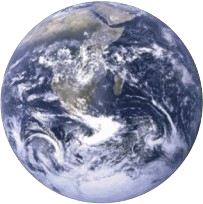
brings together diverse voices and local marketing and communications agencies to ensure maximum impact.
Built a framework for working with corporate media budgets to drive.


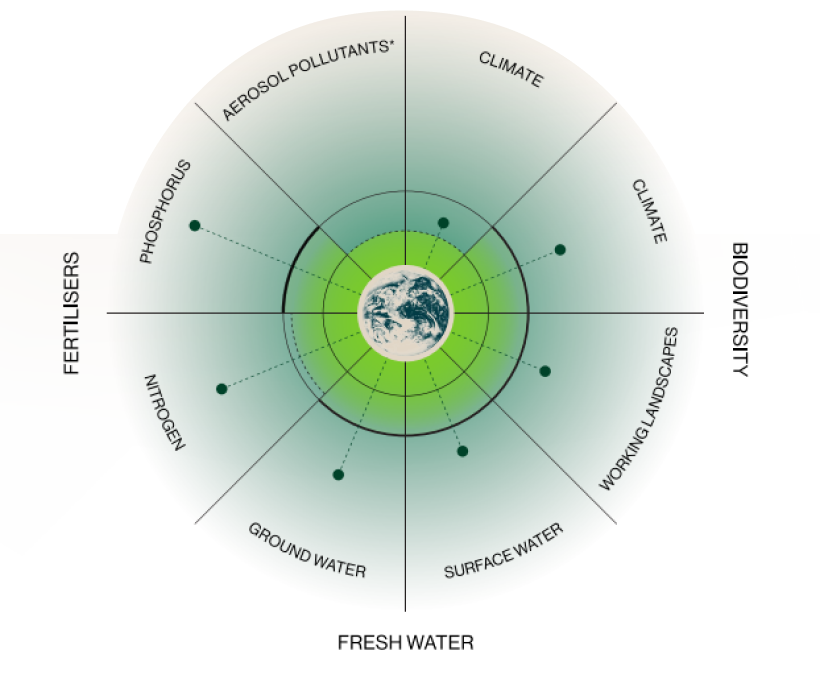

* The just boundary has been breached in many places locally, but is still to be assessed at the global level.
Source:
Safe and Just Earth System Boundaries
Global Commons Alliance






SCIENCE

ACTION & IMPACT



What feelings would be helpful?
What do we want people to do?
What jobs does this support or create?
What relationships can we inspire?
How this inspires us to be better
How insight and understanding are vital
The pathways to restoring balance
The impact on livelihoods



AN INTEGRATED ECOSYSTEM
In a nod to one of the most recognizable
instruments from science fiction in the last few
decades, the model of influence shows distinct
connections between how our traditions and
values affect and are affected by our science,
environment, technology, and the brands we
interact with.
Compounded, those elements influence our culture, be it globally, regionally, or at a familial and individual level - these are the things which drive the ways our society grows together (or apart). Shaping culture towards action is the ultimate goal of EPIC, and that action will in turn feed back into the traditions and values on one side, and the science, technology, environment, and brand relationships on the other in a virtuous cycle.
Source: Epicplanet.org

RECOMMENDATIONS AND CONCLUSIONS
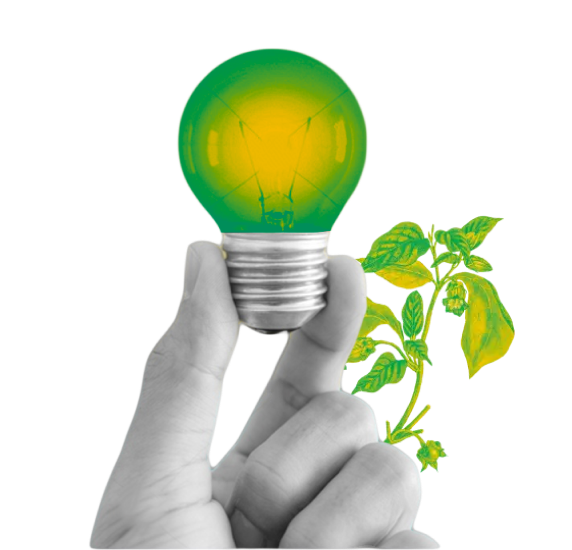



JONATHAN HALL, MANAGING PARTNER, KANTAR, SUSTAINABLE TRANSFORMATION PRACTICE




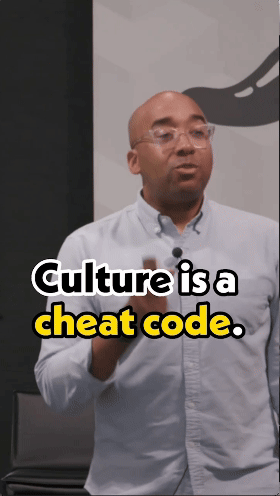
DR MARCUS COLLINS,
‘CULTURE IS A CHEAT CODE’

We do not need to know how our cars work, to know they make it easier to go places, we do not need to know how TV works to know how much we love movies, why do we need to know how complex planetary systems work or how blended finance models can fund change, to care about not blowing up the place where we live.
The more data we throw at people, the more (science tells us!), they rely on bias and heuristics to cope. The more data that is thrown at us, the more we rely on bias and heuristics to cope. Instead of considering all the new information, we make a gut read using culture-centred mental shortcuts like social proof, where we look to fit in with what people we care about are doing.

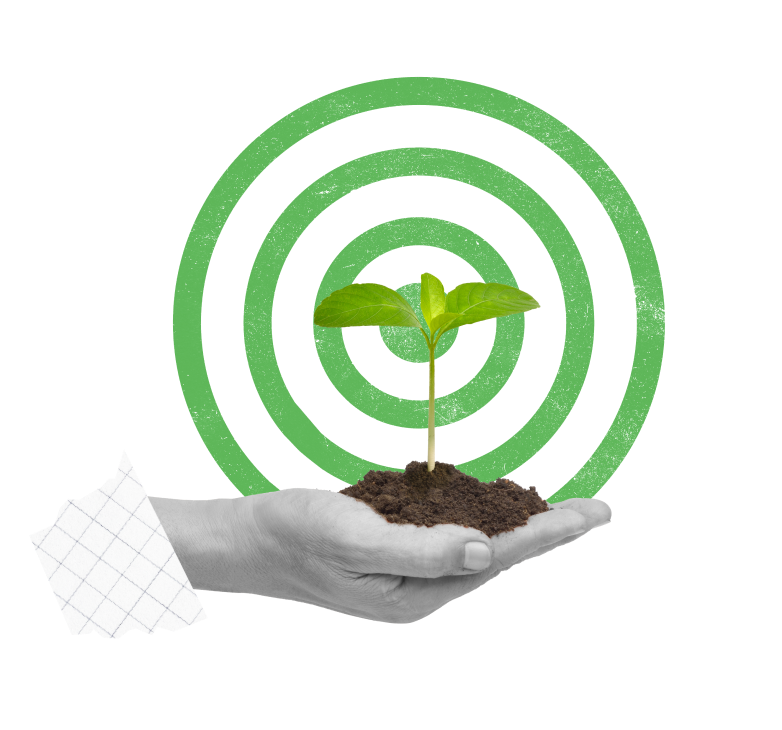


While brands have recognised values and beliefs, not information, drive behaviour change, these are often downplayed in favour of scientific data, forecasts, and blame, in climate communications.

















WHAT GOT US HERE, WON’T GET US WHERE WE NEED TO GO


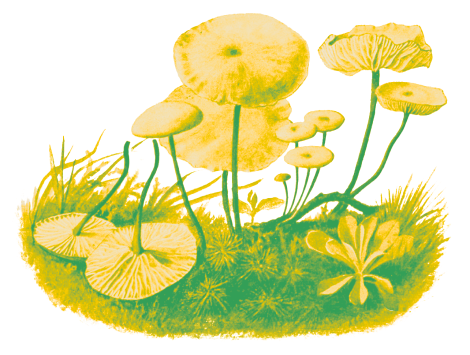

KAROLINA FABÓ, COMMUNICATIONS STRATEGIST AT H&M FOUNDATION





